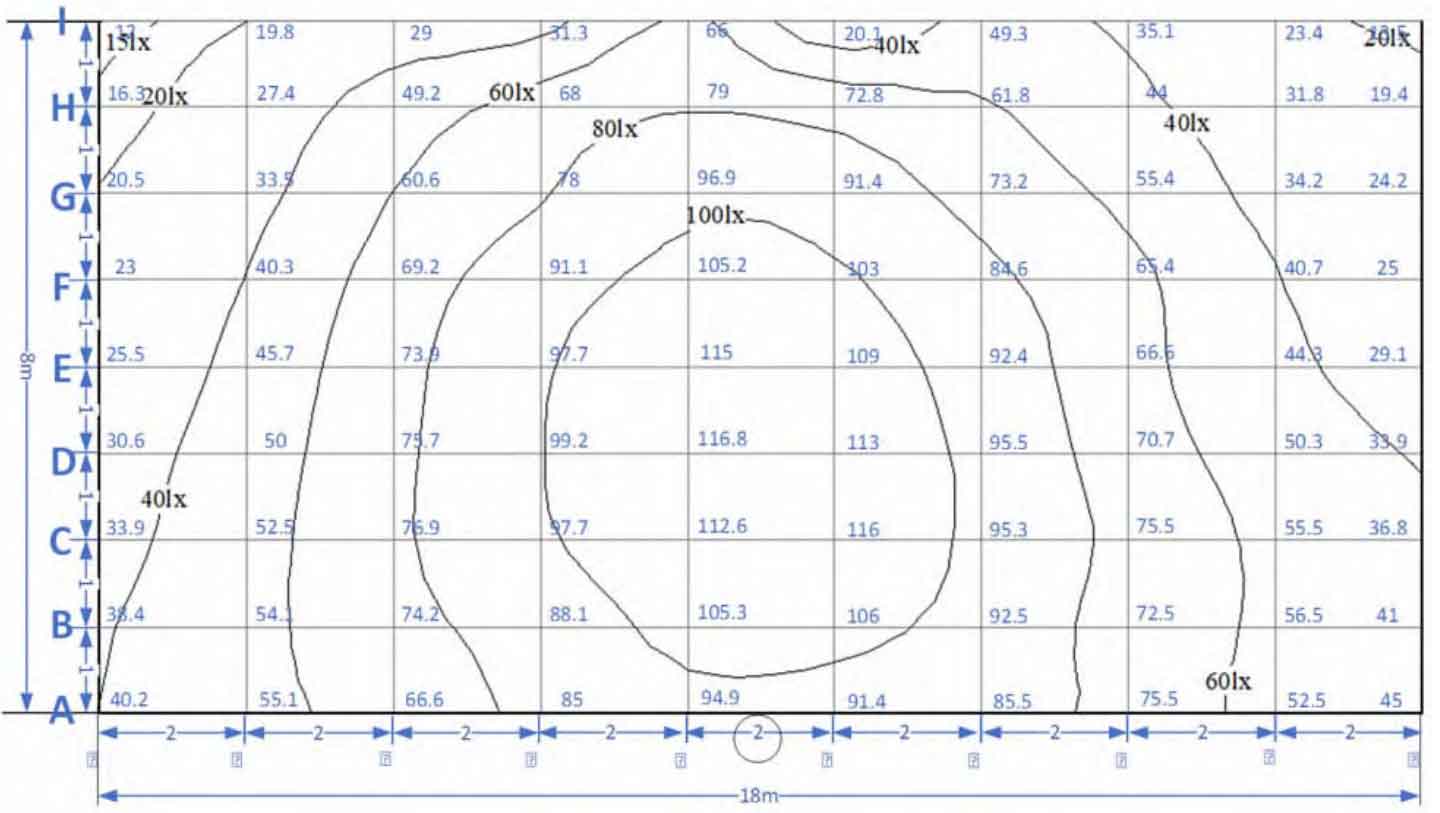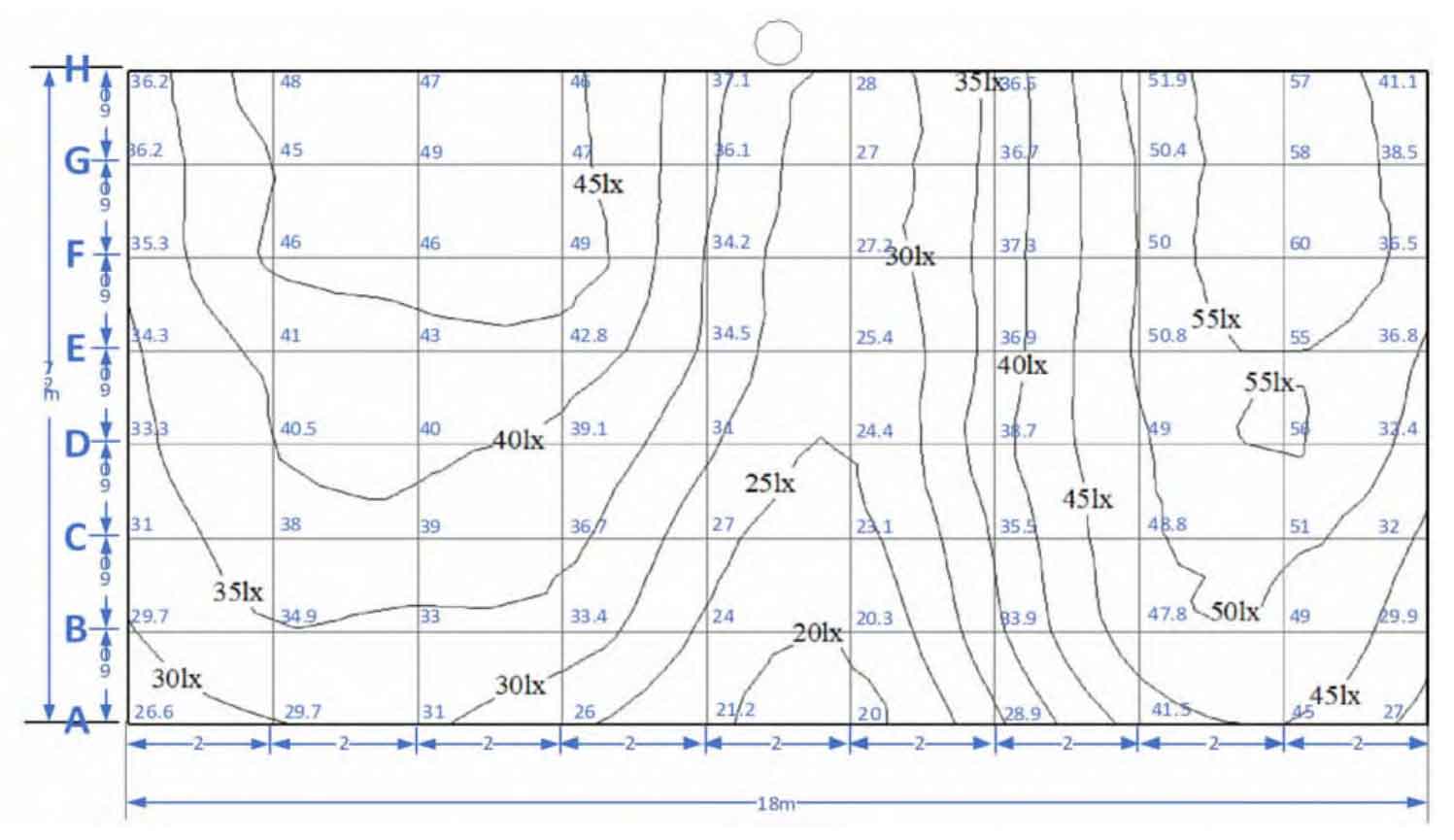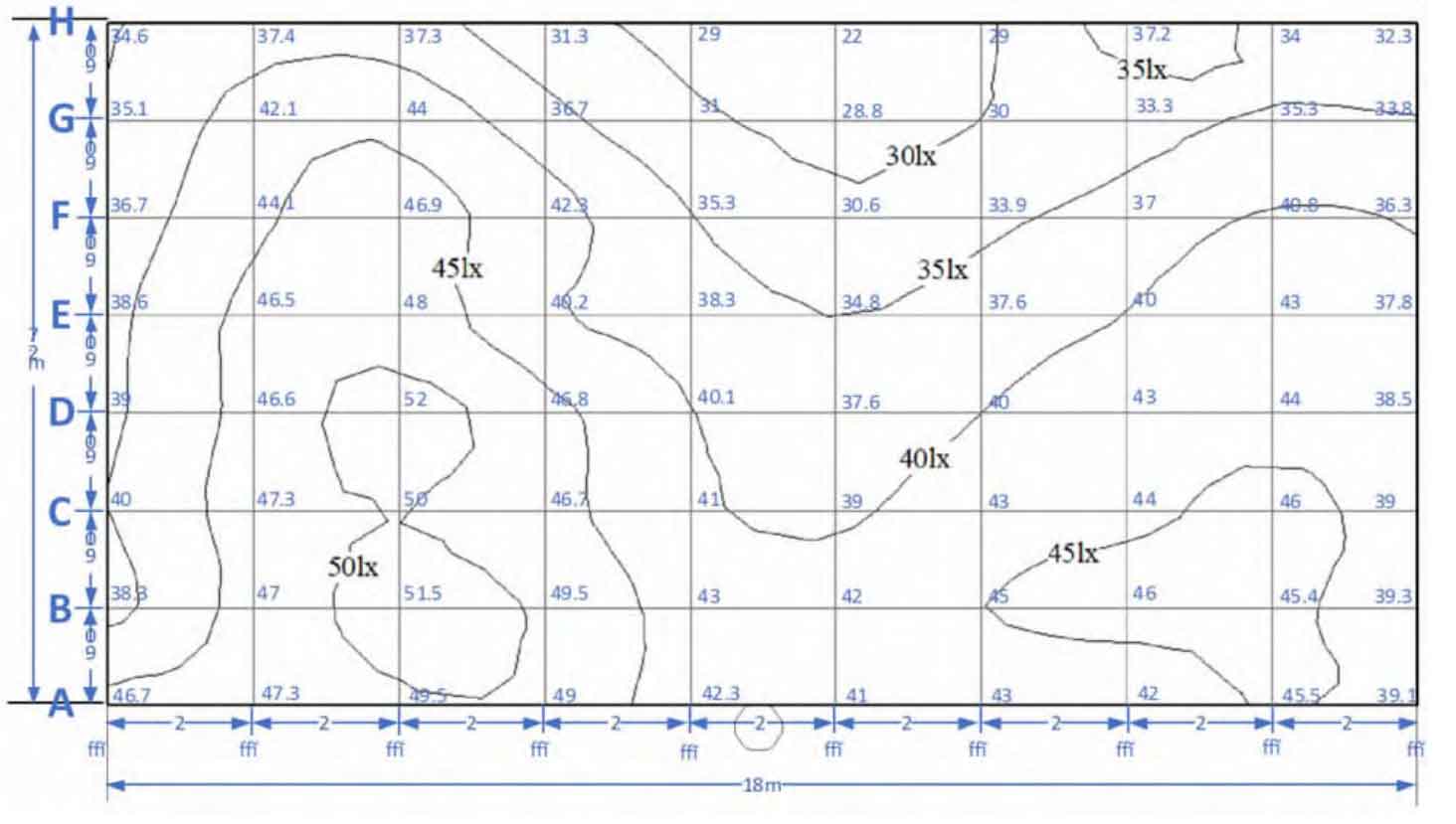In the context of the “30 carbon peak and 60 carbon neutrality” era, all industries are facing low-carbon transformation. As an “inexhaustible” new environmental protection energy source, solar energy is receiving increasing attention.With the development and progress of solar photovoltaic technology, in order to meet the demand for street lighting under complex weather conditions in different regions, scholars at home and abroad have studied intelligent control systems for street lights to improve power generation efficiency, adjust brightness according to battery power, extend the lighting time of continuous rainy days, and prolong the service life of street lights’ batteries.Compared with traditional street lights, intelligent solar LED street lights are simple and convenient to install. Whether it is preliminary planning and design or later road installation, there is no need to completely close the road for wiring, grooving, and other construction, which can greatly improve road traffic efficiency.The role of street lights is mainly to provide road lighting, but the average illuminance, uniformity, glare, and other indicators of the road surface comprehensively affect the visual function of drivers. However, due to the lack of experience in road lighting design and construction by construction companies, if the indicators are not in line with national standards, it is easy to cause traffic safety accidents. Therefore, before the effective installation and design of solar LED street lights, it is necessary to carry out research on the detection and quality of street lighting to ensure that the lighting indicators meet the standards.
At present, the main research on testing the quality of solar LED street lighting at home and abroad mainly focuses on testing the lighting conditions of main roads and non-motorized lanes, but not on testing the lighting characteristics of level crossings.Therefore, this article selects three representative level crossings in the Liandu section of G330 (Donghe Line), and combines with the actual situation of level crossings to provide a feasible testing plan. The road illuminance of the three solar LED street lights is tested on site, and the actual lighting conditions of the street lights on the road are simulated using DIALux evo software.Through the comparison of the simulated and measured illuminance data using DIALux evo software, the differences and reasons between the simulation results and the measured data are analyzed, which proves the accuracy of DIALux evo software simulation. It can provide an auxiliary lighting design method for the early stage of street lamp design and the later installation of street lamps.
1. Experimental protocol
1.1 Experimental equipment
The equipment used mainly includes: TES-1330A digital illuminometer (TES Electronic Industry Co., Ltd.);THG-312 digital thermohygrometer (Ou Xiya Trading (Shanghai) Co., Ltd.);D2-100m laser range finder (Delixi Group Co., Ltd.);10m steel tape (Ningbo Changcheng Precision Industry Co., Ltd.).
1.2 Method of point distribution
The total length of the G330 (Donghe Line) Liandu section is 16.54 kilometers, with a design speed of 80 kilometers per hour and a main road lane width of 3.75 meters.Most of the area in this section is not equipped with street lights. There are 29 important level crossings along the way. In order to ensure the safety of driving at night, solar LED street lights are installed at the level crossings to improve the driving conditions at night along the level crossings.The road illumination test is conducted according to the measurement of illumination in GB/T 5700-2008 “Lighting Measurement Method”.The measurement of illumination includes the central point method and the four-corner point method. Both the central point method and the four-corner point method divide the test area between the lamp posts on the same side into several equal-sized rectangular grids. When the illumination uniformity of the road surface is relatively poor or the accuracy of the test is highly demanding, the number of divided grids can be increased, and it is believed that the illumination distribution of each small grid is uniform.
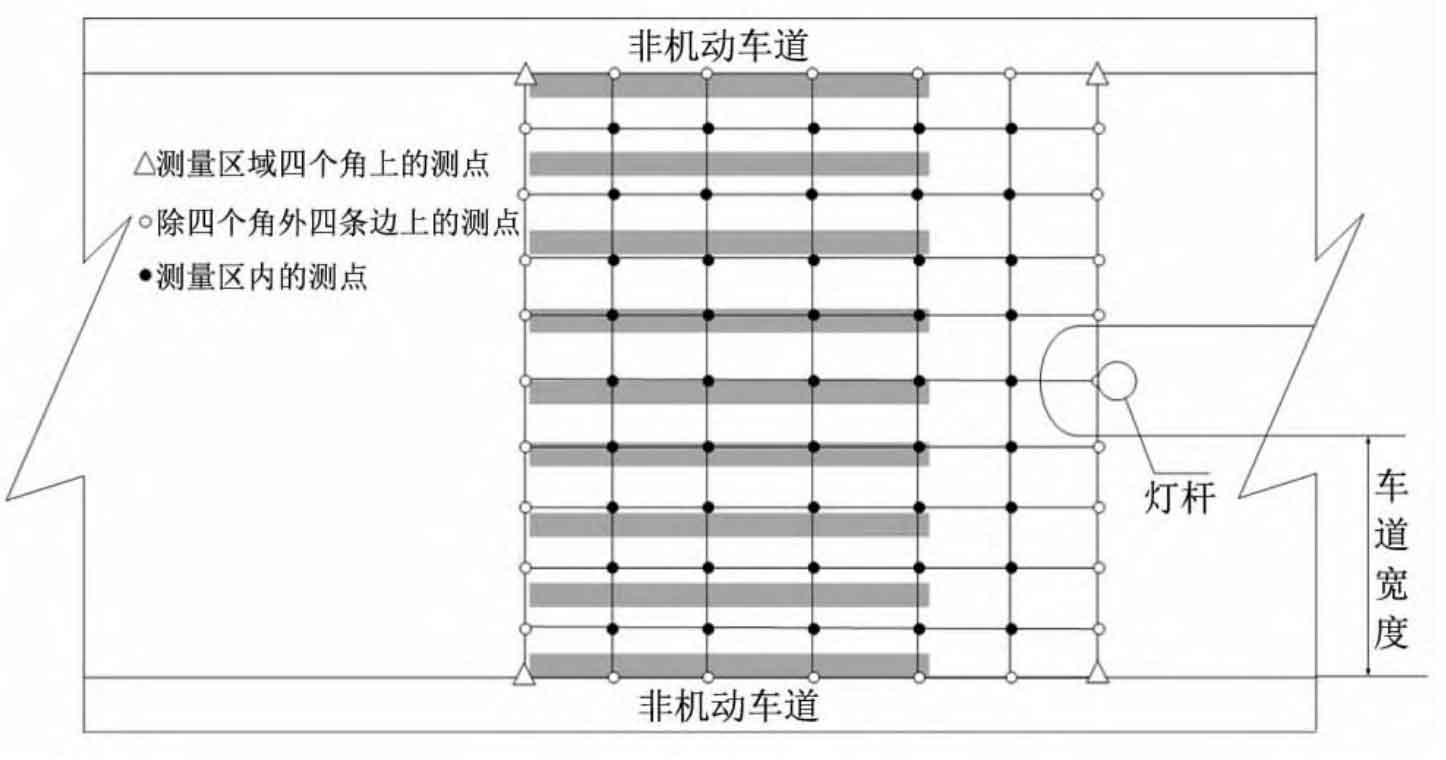
Using these two methods of point distribution, the number of test points is similar, but the method of calculating average illuminance is slightly different. This article uses the four-corner point distribution method, and the two-way four-lane road point distribution is shown in Figure 1.The illuminance of the test area meets the requirements of CJJ 45-2015 “Standard for Lighting Design of Urban Roads”.
2. Illumination test at level crossings
2.1 Selection of test area
Given the large spacing between solar street lights at level crossings, which has exceeded the requirement of a spacing of 100 m, and the purpose of installing solar street lights is to illuminate the zebra crossing at the level crossing and improve night driving safety, the test area between the lamp posts on the same side as mentioned in GB/T5700-2008 “Lighting Measurement Method” is not applicable to the experimental object.Considering the role of solar street lights at level crossings, the test area at level crossings has been modified. In the longitudinal direction (along the road direction), the test area starts from the lamp post to the farthest end of the zebra crossing, while in the transverse direction, the test area is taken from the area between the motorway and the non-motorway divider line. The test area at level crossings is shown in Figure 2.
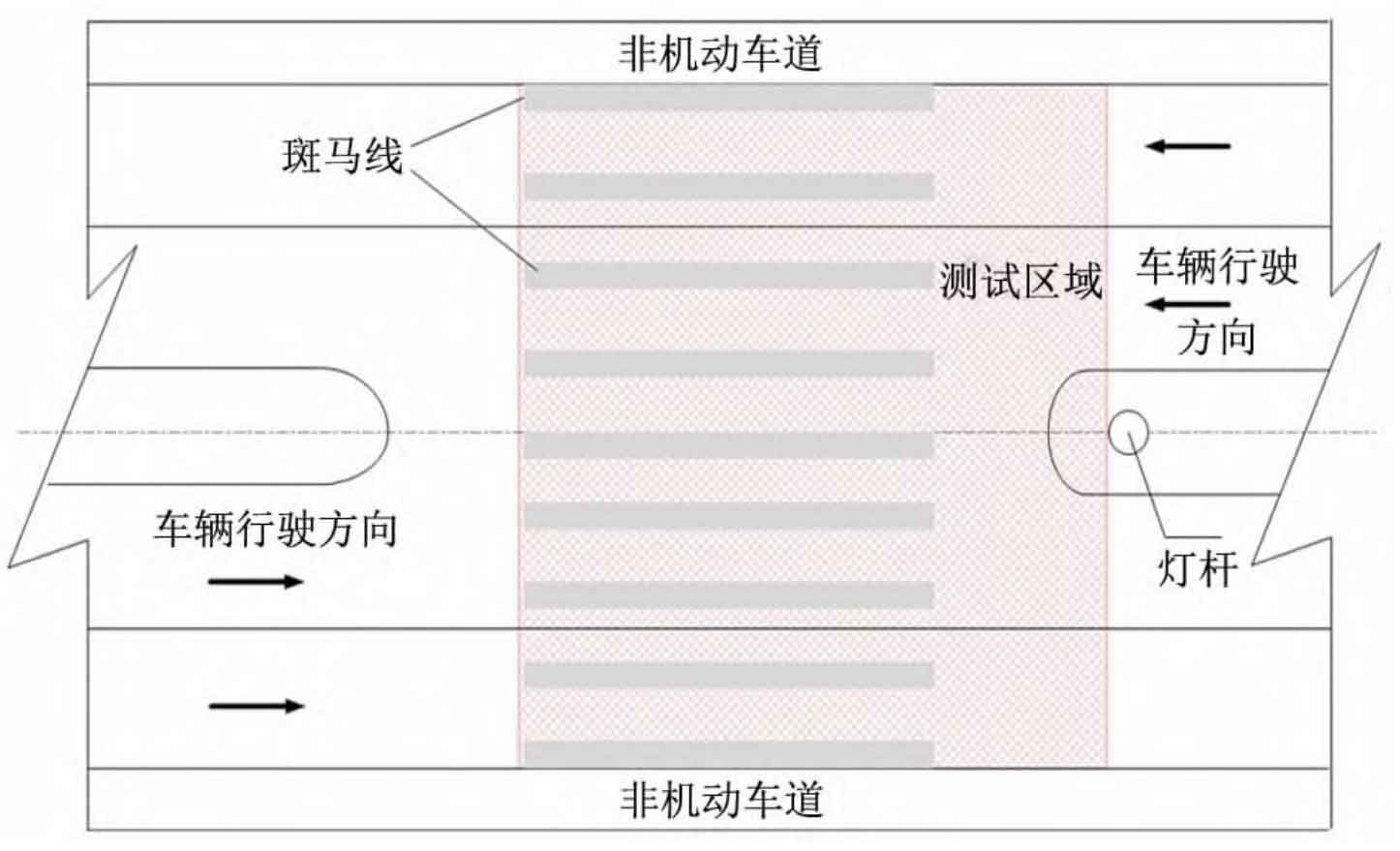
2.2 Parameters of solar street lights
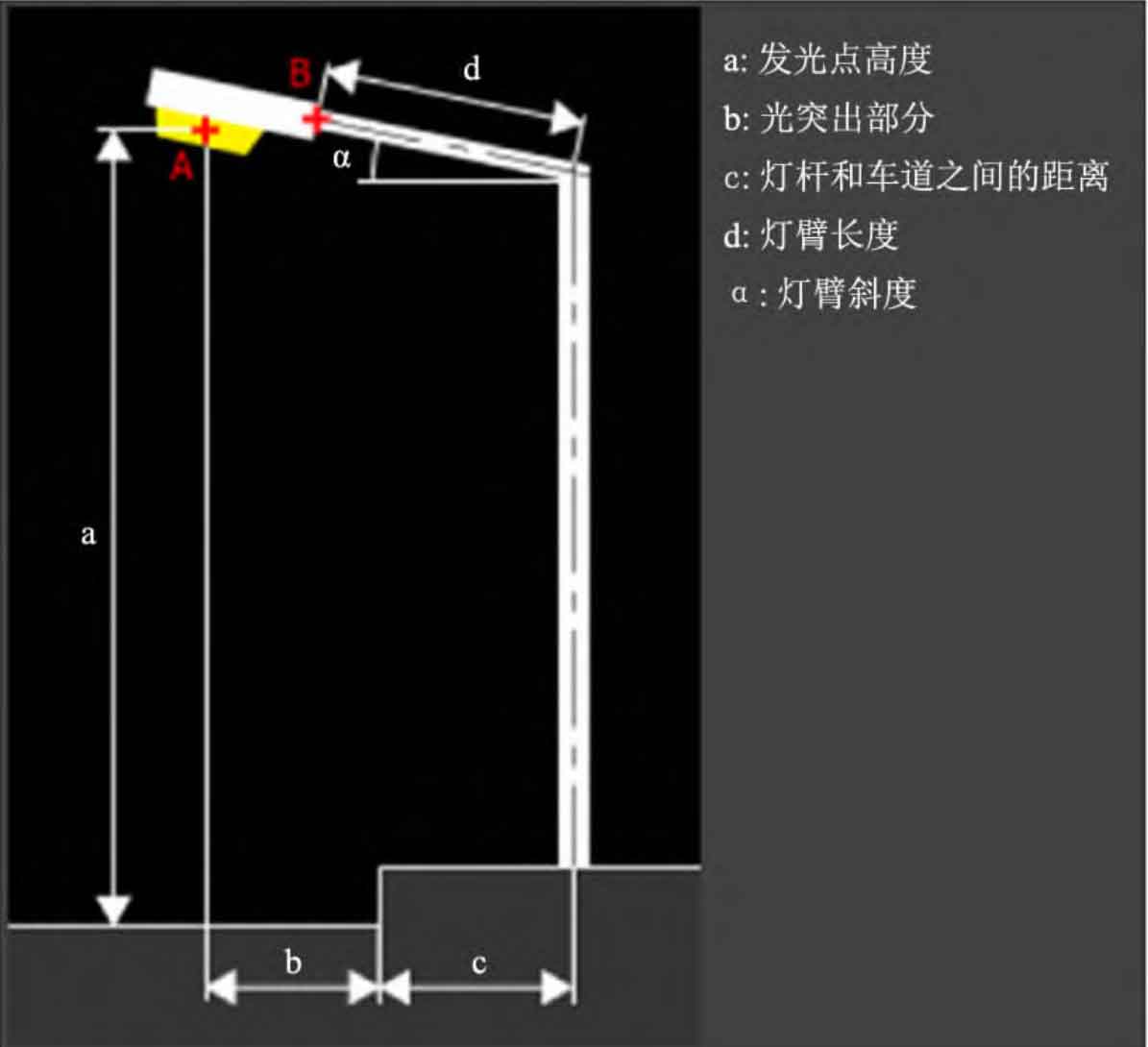
The solar street lights use LED lighting technology, with a light point height of 10.485 m and a light protrusion of 1.200 m (as shown in Figure 3).The dimensions of the lamp are 1.412 m × 0.399 m × 0.050 m, and each lamp post is equipped with two lamps of the same model.Three representative street lights in the G330 (Donghe Line) Liandu section were selected, namely G330DHX-4 (two lamps at a 90° angle, as shown in Figure 4(a), with a zebra crossing on the right), G330DHX-19 (two lamps at a 180° angle, as shown in Figure 4(b), with a zebra crossing on the right), and G330DHX-20 (two lamps at a 180° angle, as shown in Figure 4(b), with a zebra crossing on the left).A road model of the G330 (Donghe Line) Liandu section was established using the DIALux evo software, and the parameters and light distribution curves of the street lights were selected for field testing to simulate the solar street lights with two lamps at a 180° angle.
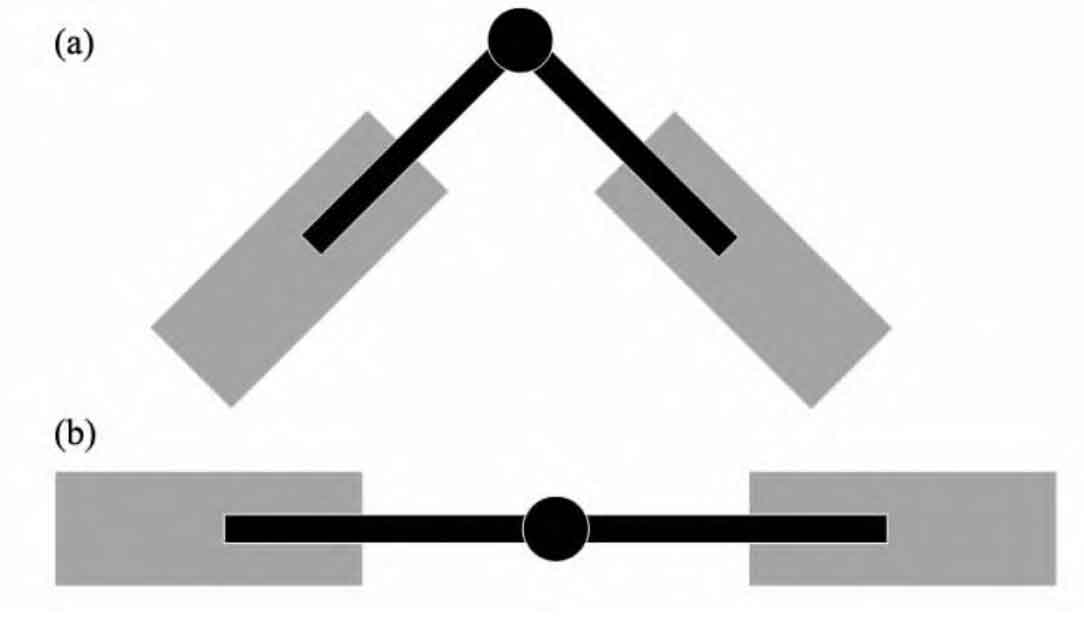
2.3 Field test conditions
(1) The solar street lamp is on for more than 30 minutes;
(2) The solar street lamp’s battery is in a fully charged state, and it outputs at its rated voltage in default mode;
(3) There are clouds in the air at night, no bright moon, the test area is clean and dry without water or snow, and there is no stray light affecting the test area;
(4) During the test, the average ambient temperature was 18.3℃ and the relative humidity was 71%.
2.4 Test items
The average illuminance of the four-corner sampling method is calculated according to the formula:

Where: Eav is the average illuminance, lx;M is the number of vertical grids;N is the number of horizontal grids;Eθ is the illuminance of the measuring points at the four corners of the measurement area, lx;E0 is the illuminance of the measuring points on the four outer edges, excluding Eθ, lx;E is the illuminance of the measuring points within the four outer edges, lx.
The illuminance uniformity of the four-corner sampling method is calculated according to the formula:

Where, UE is the uniformity of illuminance;Emin is the minimum illuminance, lx.
3. Results and analysis
3. 1 The influence of different angles of a street lamp on the contrast
The representative illuminance curves of 3 street lamps in the Liandu section of G330 (Donghe Line) are shown in Figures 5, 6, and 7. The average illuminance and illuminance uniformity of the pavement at the level crossing of G330DHX-4 street lamp are ; the average illuminance and illuminance uniformity of the pavement at the level crossing of G330DHX-19 street lamp are ;the average illuminance and illuminance uniformity of the pavement at the level crossing of G330DHX-20 street lamp are .The level crossing of G330 (Donghe Line) in the Liandu section is similar to the intersection of main roads and branch roads. According to the requirements of CJJ 45-2015 “Urban Road Lighting Design Standards”, the average illuminance of the pavement at the intersection of main roads and branch roads is 30-50 lx, and the illuminance uniformity is not less than 0.4. The average illuminance of the pavement of G330DHX-4 street lamp meets the requirements, but the illuminance uniformity of G330DHX-4 street lamp is lower than the standard requirements.The illuminance uniformity of the other two street lamps meets the requirements.Figure 5 shows that the illuminance of G330DHX-4 street lamp presents a high central and low peripheral pattern, and the highest illuminance in the central area is nearly twice higher than that of the other two street lamps. The increase in illuminance during night driving will lead to a reduction in visual recognition distance, resulting in a shortened allowable reaction time and an increased risk of driving safety.The positions of the zebra crossing illuminated by G330DHX-19 and G330DHX-20 street lamps are different. Considering the measurement process and the errors of test instruments, the average illuminance and illuminance uniformity of the two street lamps are not significantly different, that is, the placement of the two street lamps at a 180° angle to each other on the zebra crossing has little effect on the average illuminance and illuminance uniformity.
3.2 Comparison and verification of outdoor lighting characteristics and simulation results of way street lights
To facilitate analysis, the test parameters of level crossings and street lights were imported into the DIALux evo software. The data simulated and calculated by the road lighting software are shown in Table 1 and Figure 8. The average illuminance and illuminance uniformity of the road surface simulated by the street lights with an angle of 180° between the two lamps meet the requirements of the road lighting standard.
| Result value | Average illuminance (lx) | Uniformity of illumination |
| G330DHX-19 street lamp measured value | 38.98 | 0.513 |
| G330DHX-20 street lamp measured value | 40.79 | 0.539 |
| Simulated value of street lights | 40.63 | 0.514 |
The simulated illuminance curve in Figure 8 is more uniform than the measured distribution, and the simulated illuminance is flatter than the measured illuminance. This may be due to factors such as long-term outdoor work of street lamps, surface contamination with dust or airborne particles, which lead to uneven light distribution.The calculated absolute values of the relative errors between the average illuminance of G330DHX-19 and G330DHX-20 street lamps and the simulated values are 4.06% and 0.41%, respectively.The absolute values of the relative errors between the illuminance uniformity of G330DHX-19 and G330DHX-20 street lamps and the simulated values are 0.85% and 4.99%, respectively. The model simulation results are in good agreement with the test results. The above analysis shows that after knowing the parameters of the road and street lamps, the DIALux evo software can simulate the lighting effect of the level crossing site, confirming the feasibility of simulating the lighting characteristics of the site using the software.
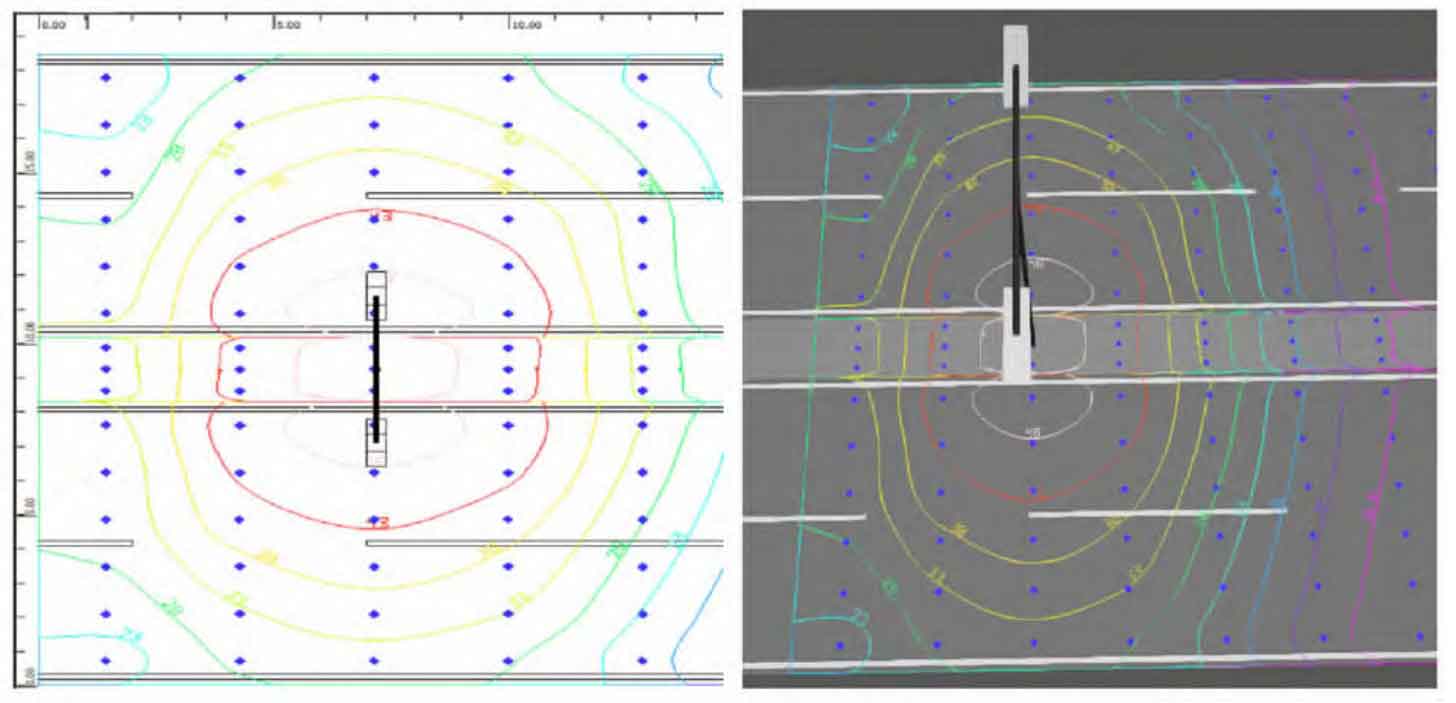
4. Conclusion
From the representative 3 street lamps selected from the level crossing of the G330 (Donghe Line) in the Liandu section, the testing area of the level crossing was modified, and the road illumination of the street lamps was tested using the four-corner distribution method.By comparing the test data of the 3 street lamps, the average illumination met the standard requirements. The illumination of the G330DHX-4 street lamp showed a high central and low surrounding situation, with the highest illumination in the central area being nearly twice as high as the other two street lamps, which is likely to increase the safety risk of night driving, and the uniformity of illumination is lower than the standard requirements.The placement of two street lamps with an angle of 180° between them on the left or right side of the zebra crossing has little effect on the average illumination and uniformity of illumination.Importing the testing parameters of the level crossing and street lamps into the DIALux evo software, the simulation results of the average illumination and uniformity of illumination are in good agreement with the measured results, with relative errors less than 4.99%, indicating the accuracy of the software simulation, which can provide a simple method for the early design of street lamps and the later installation of street lamps.

